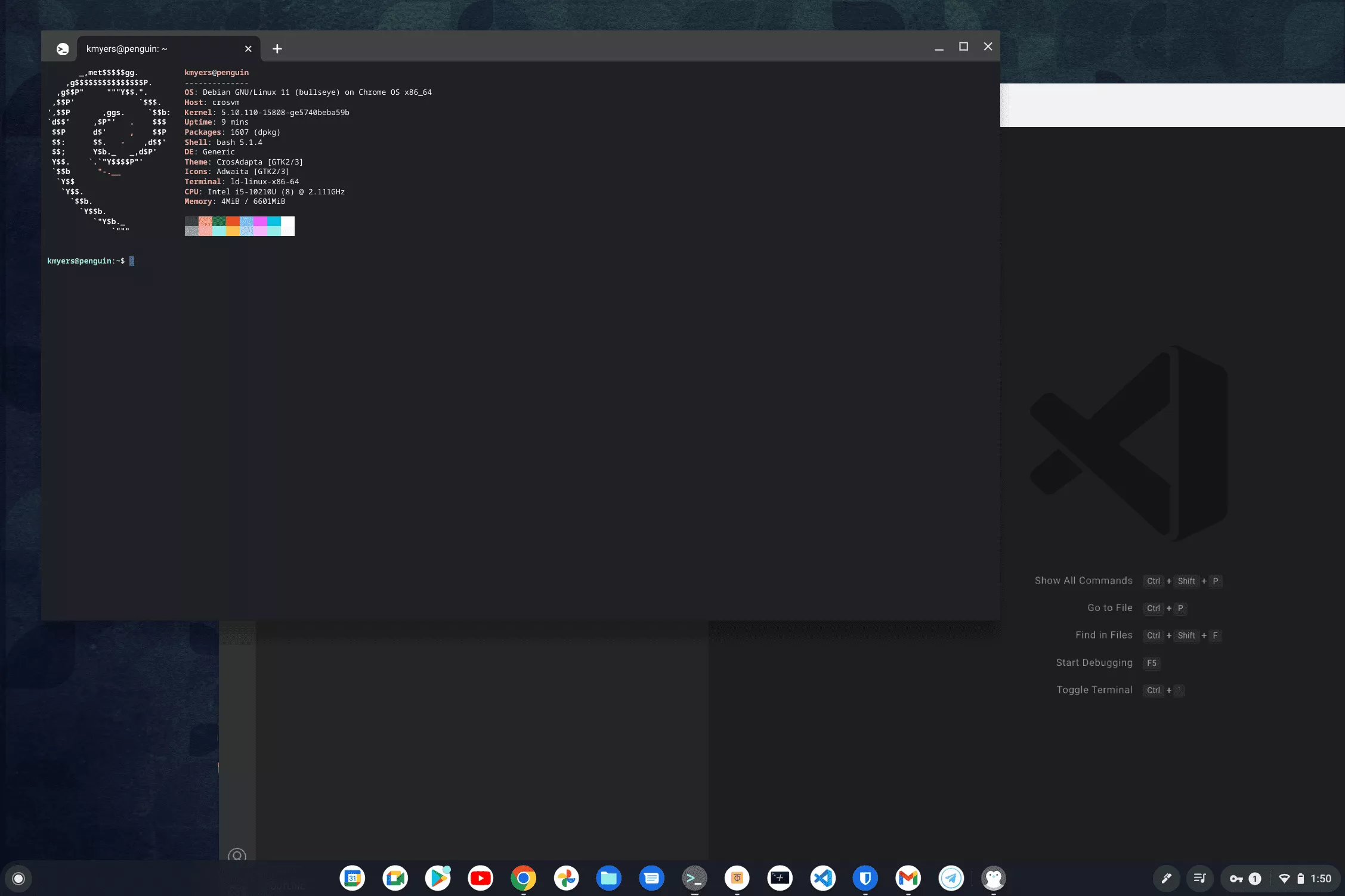Wake Up Developers – Supporting Linux is no longer optional

For the longest time, many companies were able to get by with only releasing software for Windows and MacOS. For the very few that actually did, they often viewed Linux support as an optional “nice to have” feature and as such was often delegated to being a passion project for an underpaid/under appreciated developer. A majority of developers have made the choice to not support Linux and even worse, a small number of companies have intentionally introduced code into their software to make it hostile to users who attempt to run the software on Linux. Times are changing and this whole mindset of treating Linux as third class citizen must also change to reflect the evolution of technology… or they will quickly be left in the dust.
Over the past three years, there has been a shift in the market that has gone largely unnoticed, the number of machines that can now run Linux applications has grown exponentially. This was mostly due to the work of Google, Valve and even Microsoft. In a matter of a few years, Linux went from a operating system that developers and geeks installed on their machines to something that is being shipped on machines that average users can buy, here are several examples:
Windows – If you are running Windows 10 or Windows 11, there is a high likelihood your machine supports running Linux applications thanks to Microsoft’s Windows Subsystem for Linux (WSL). Microsoft is dedicating a lot of resources to WSL to add support for graphical applications and improving performance. WSL is currently targeted towards developers but all customers can enable this feature as long as they are running reasonably modern hardware.
ChromeOS – Google’s ChromeOS is not only itself based on Linux but it also exposes access to a powerful suite of Linux tools known as Crostini. Crostini can run most applications flawlessly and supports graphical and text based application support. At the moment, Crostini is only targeted to developers but is available for any user to install on supported hardware. Linux is also the base of the upcoming Project Borealis, which will allow users to run Steam games on supported hardware.
Valve SteamDeck – Valve, the makers of the popular Steam gaming client are going full steam ahead on supporting Linux across the board. Valve is not only partially responsible for the gaming focused version of Wine, Proton but is currently releasing one of the hottest game consoles around, the Valve Steam Deck. The Steam Deck is not only to play a large majority of PC games on Steam but when connected to an external display with a inexpensive dock, it is possible to access a full Linux desktop.
These are just three simple examples but there are countless more including several popular video game consoles and even some cars. There has been an ongoing meme in the Linux community that states “{INSERT YEAR HERE} will finally be the year of the Linux desktop” and I would argue that we are already there…. in fact we have been for some time and not many have noticed.
As a software developer, it only makes sense to target the platforms that house the largest number of potential customers, this used to be Windows but is not in fact Linux. If developers begin targeting Linux instead of Windows, they will immediately be able to approach Chrome OS and Steam users – that’s in addition to their existing Windows userbase. If companies fail to embrace this change, they risk being left in a state of irrelevance once a newer product comes along that does target Linux users.
...